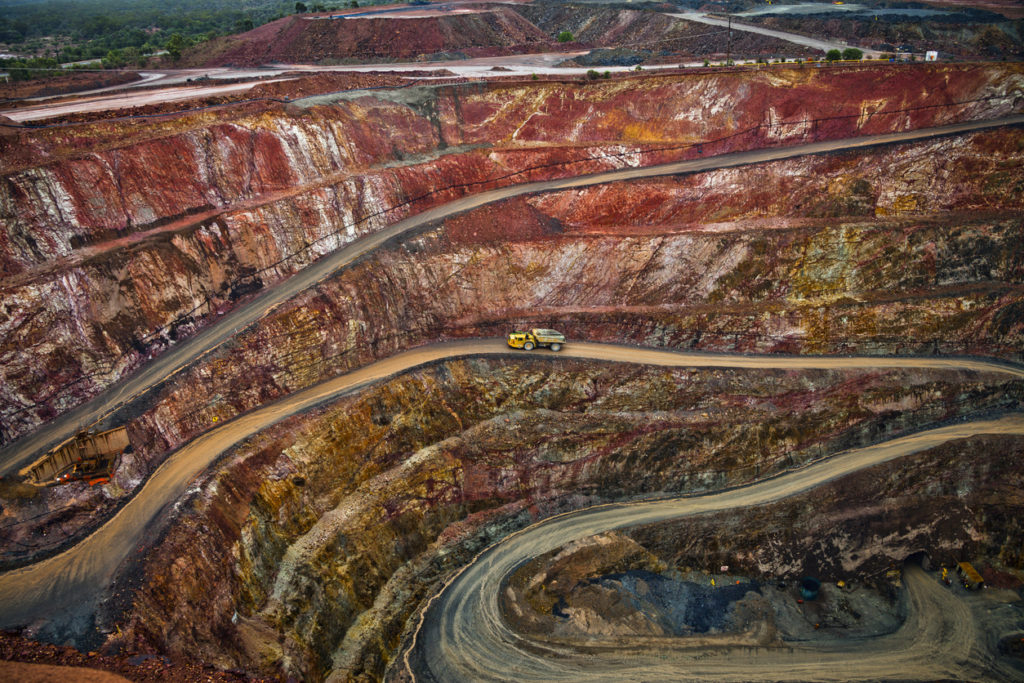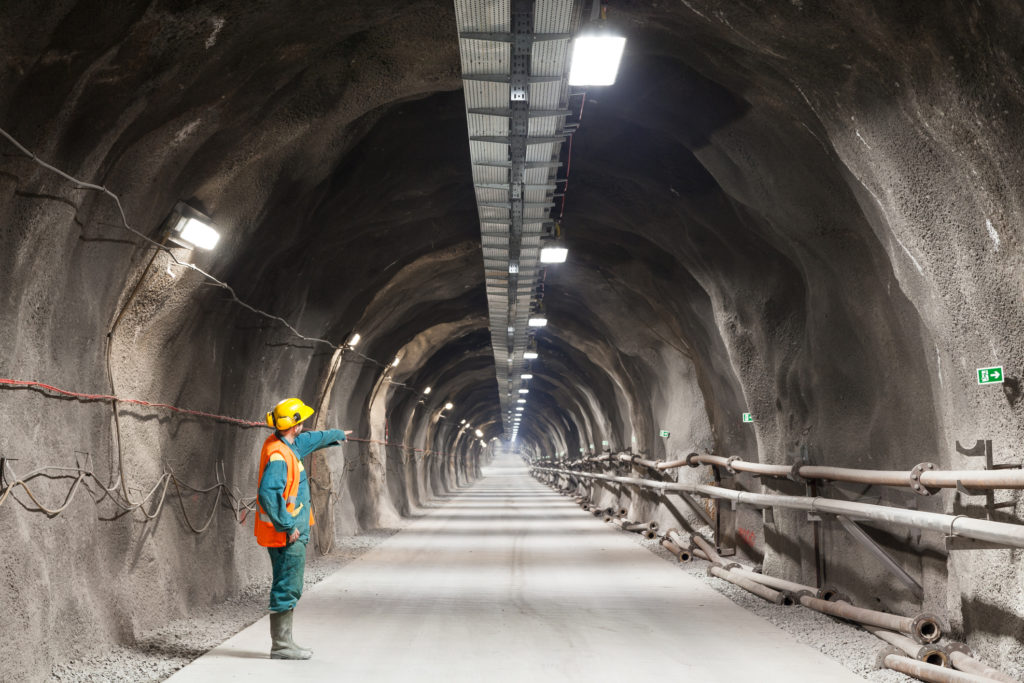JV Article: The mining industry ‘needs to do a better job telling its story on climate-related risks and opportunities,’ says Manifest Climate’s Pete Richardson


Increasingly, financial regulators and investors are focused on ensuring that mining companies are prepared for the risks and opportunities of climate change.
However, the consequences of climate change for the mining industry “are informed by a complex and evolving dynamic, which presents both threats to the way the industry operates and significant business opportunities as the world pushes toward decarbonization,” says Pete Richardson, head of research at Manifest Climate.
“While the industry is responsible, directly or indirectly, for significant amounts of greenhouse gases and remains vulnerable to the impacts of a changing climate and less predictable weather, it also plays a crucial role in the economy and provides the materials essential to the global transition to a low-carbon future.”
Manifest Climate traces its roots back to 2009 as a consulting firm. In 2015, the company transitioned to a SaaS+ (software as a service) climate-focused business intelligence platform with the aim of helping the mining sector and other industries better understand, manage, and disclose climate-related risks and opportunities.
The platform provides mining companies “with actionable data, allowing them to understand better their vulnerability to climate change and the processes they need to build climate resiliency into their operations and supply chains, as well as how their climate response measures up relative to others and how they can take advantage of climate-related opportunities,” explains Richardson.
The platform, he adds, can also provide miners with “data at a sufficiently granular level to generate decision-useful information that looks across all components of an effective climate response and allows them to more accurately and transparently disclose their climate-related performance.”
The mining industry, says Richardson, “is critical to global success on climate change; especially as the world shifts away from fossil fuels to more sustainable electrified transportation systems and energy networks.” This shift, he says, presents “unprecedented opportunities for companies operating across the sector.”
However, these same companies, he notes, are also vulnerable to the physical effects of climate change, directly and through their value chains. “Many mining operations are located in remote and challenging environments that require complex technology and supporting infrastructure, which is particularly susceptible to climatic changes that are driving, for example, an increase in the frequency and severity of droughts and floods.”
Richardson, a lawyer by training, also notes that sectors like mining, which can face considerable challenges in reducing their contribution to a changing climate, remain a target for climate change and sustainability-related litigation, regulatory action, and activism, which he says exposes miners to increasing financial and reputational costs.
“With the rapid adoption of climate-focused disclosure requirements around the world, mining companies also face an increased likelihood of value-chain claims associated with the reporting of climate-related risks, with disputes arising from inaccurate or misleading statements about their climate-preparedness, to the sustainability credentials of their operations and products.”
Richardson acknowledges that it's difficult “to paint the sector with a single brush,” adding that mid and tier-one mining companies operating across multiple jurisdictions and geographies can face different and sometimes divergent reporting requirements. This, he notes, can lead “to poor climate-related disclosure and inconsistent decision-making.”
The mining industry, he says, “needs to do a better job telling its story on climate-related risks and opportunities, by not only better qualifying and, where possible, quantifying its exposure to climate-related risks, but also by promoting the sector’s importance to decarbonizing the world.”
For instance, he referenced research undertaken by Manifest Climate that indicates mining companies are much better at disclosing the risks than they are at disclosing the opportunities presented by climate change.
“The mining companies we have looked at, which span multiple geographies, score nine out of ten on disclosing climate risks, but only four out of ten on disclosing opportunities. That's a big gap, and suggests the sector has a long way to go to match risk with opportunity.”
However, the lack of standardized, consistent, and transparent frameworks for miners to report against “hinders their ability to understand where they stand against their competitors and how far they are from where they need to be,” says Richardson.
Manifest Climate’s business intelligence platform, he says, can help companies assess where they are on their climate journey — both absolutely and relative to peers, to understand the evolving regulatory frameworks, and to map their stories to those frameworks.

“With our platform, companies can quickly and easily access the data they need to understand where they are and what they need to do to improve their climate-resilience, and allows them to better communicate to regulators, investors, and internally the actions they are taking to mitigate their exposure to climate-related risks and take advantage of climate-related opportunities.”
Richardson says that this approach is inspired by the framework originally developed by the Task Force on Climate-Related Financial Disclosures (TCFD), which has received widespread support, including by Canadian and U.S. securities regulators.
Conceived by the Financial Stability Board in 2015 to drive transparency in capital markets, the TCFD provides a framework against which organizations can disclose climate-related financial risk and opportunities when providing information to investors, lenders, insurers, and other stakeholders.
Since its conception, the TCFD has attracted international attention and, says Richardson, is rapidly crystallizing into a regulatory framework. “For example, the United Kingdom already requires TCFD-like disclosures, with the U.S. and Canada expected to follow suit. Both have already put out draft rules.”
These rules, he explains, will require a company “to disclose, at a minimum, its governance and business processes around climate-risk identification and management, with disclosure on climate-related metrics and targets expected to be mandated when that information is materially relevant.
“The disclosure, market intelligence, and learning elements of our platform have been specifically designed to respond to the new rules,” he says. “The platform also combines cutting-edge technology, an industry-leading database of climate disclosures, and ongoing support from climate experts to deliver best-in-class climate guidance at scale, helping companies of all sizes understand their climate risks and opportunities.”
Manifest Climate’s SaaS+ climate intelligence platform is also supported by insights from the company’s subject matter experts, helping its clients “to integrate climate-related risks and opportunities into existing risk management processes, and, crucially, to tell their authentic climate story,” Richardson says.
The preceding Joint Venture Article is PROMOTED CONTENT sponsored by MANIFEST CLIMATE and produced in co-operation with The Northern Miner. Visit www.manifestclimate.com for more information.
Comments